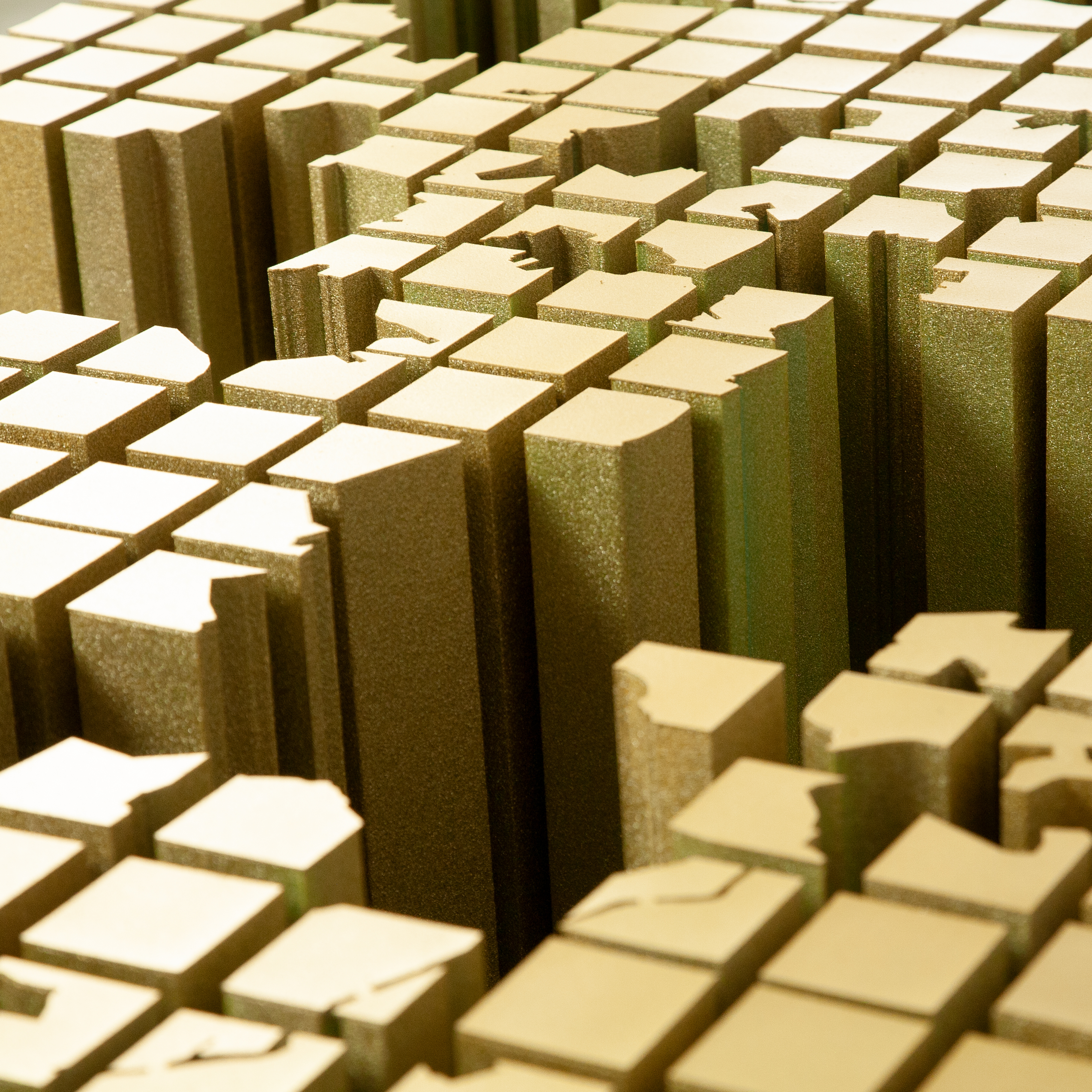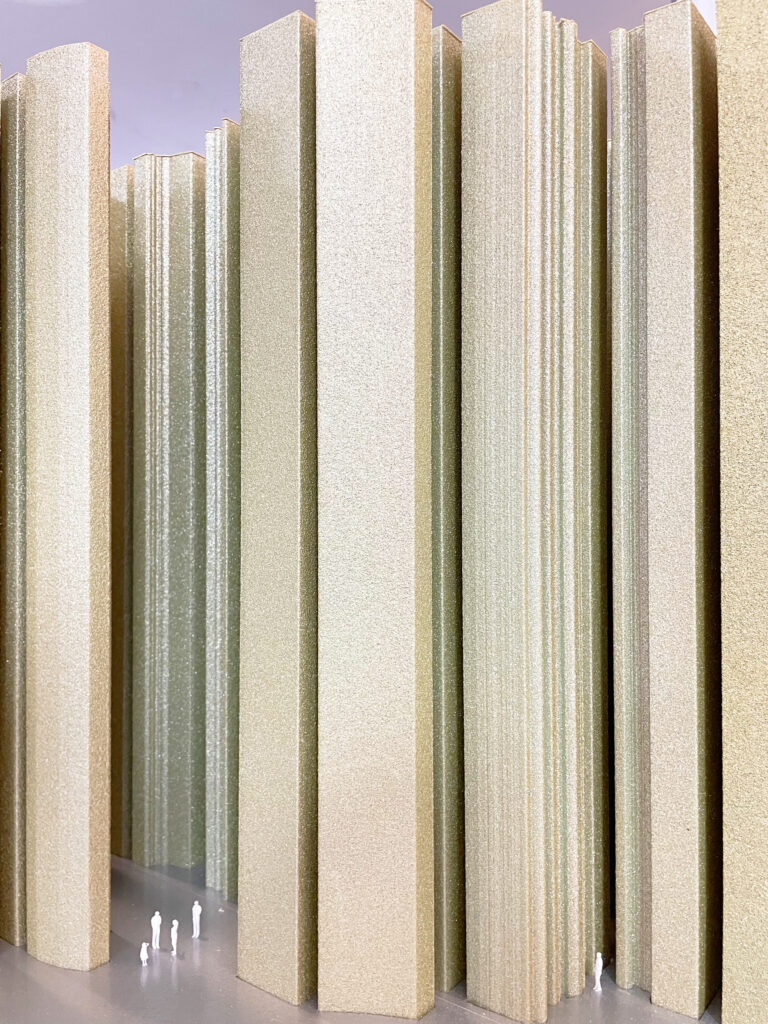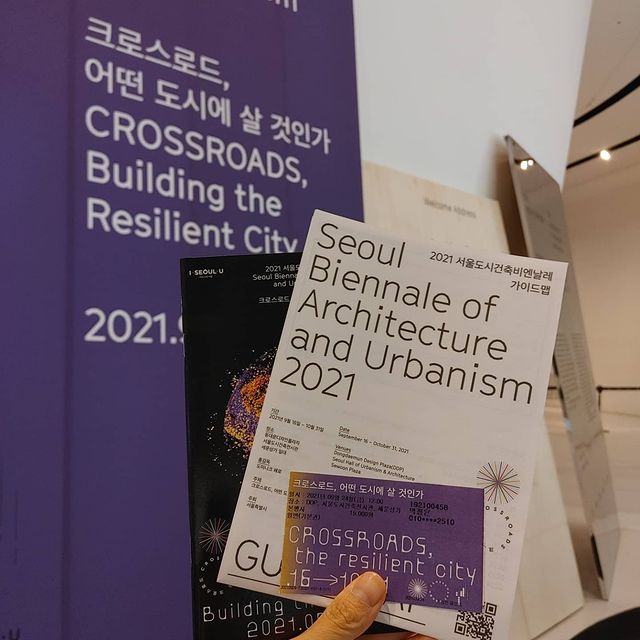- Type: R&D, Art
- Full title: Land of Hope at the Seoul Biennale of Architecture & Urbanism 2021
- Funded by: Stimuleringsfonds , Seoul Metropolitan Government
- Ideation: Henk Hartzema
- Core team: Aikaterina Myserli (project leader), Federica Francalancia, Sara Gholizadeh, Pieter Scholten
- Status: 2020 – 2021
Taking a 100x100km snapshot of the Randstad as a case study in April 2020, our team estimated that 75% of the land is unbuilt -the majority of which is grasslands. By examining this 100x100km frame as a fictional open lab for experimenting and restructuring, Studio Hartzema, supported by the Creative Industries Fund NL with a start-up grant, unveiled the potentialities of this “Land of Hope” and verified its capability to accommodate sustainable development.
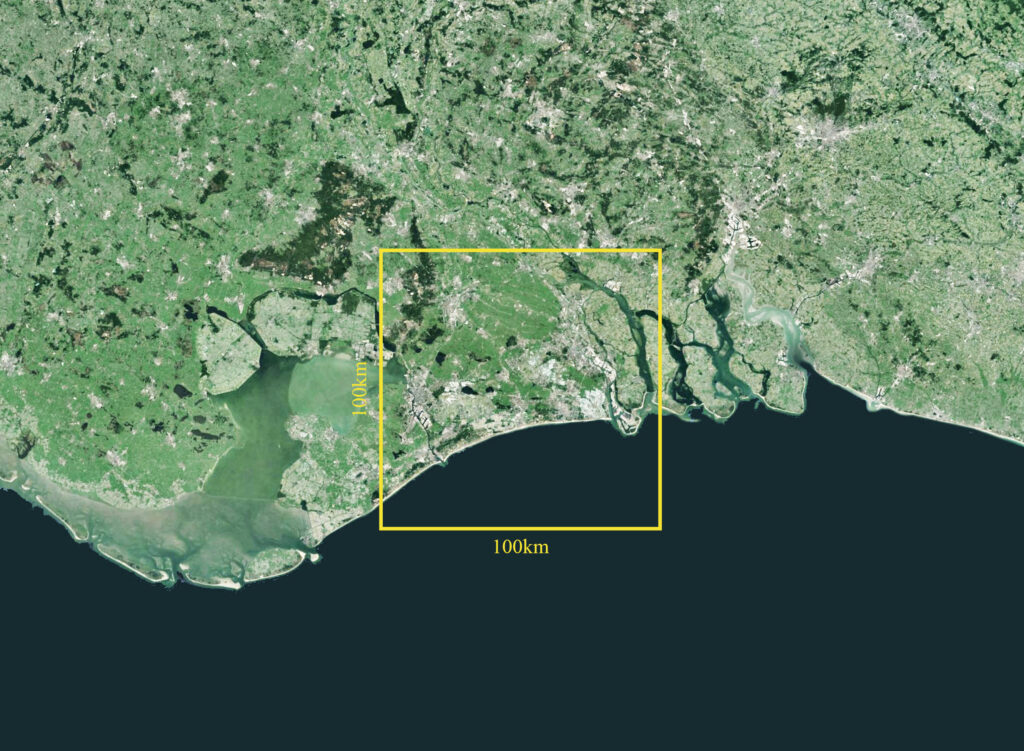
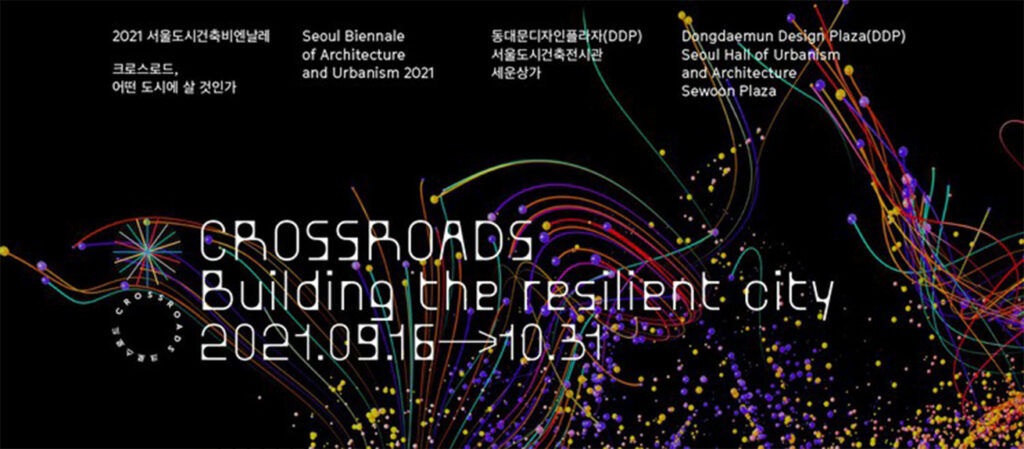
Drawing inspiration from Superstudio, Randstad’s unbuilt space has been examined both as a shared object between collaborating urban centers as well as a collective resource and a basis for projective scenarios (reforestation, energy production, new land uses). A spin-off of this research, manifested in the form of an art object, has been invited to the Seoul Biennale of Architecture & Urbanism 2021 as a project representative of the Netherlands.
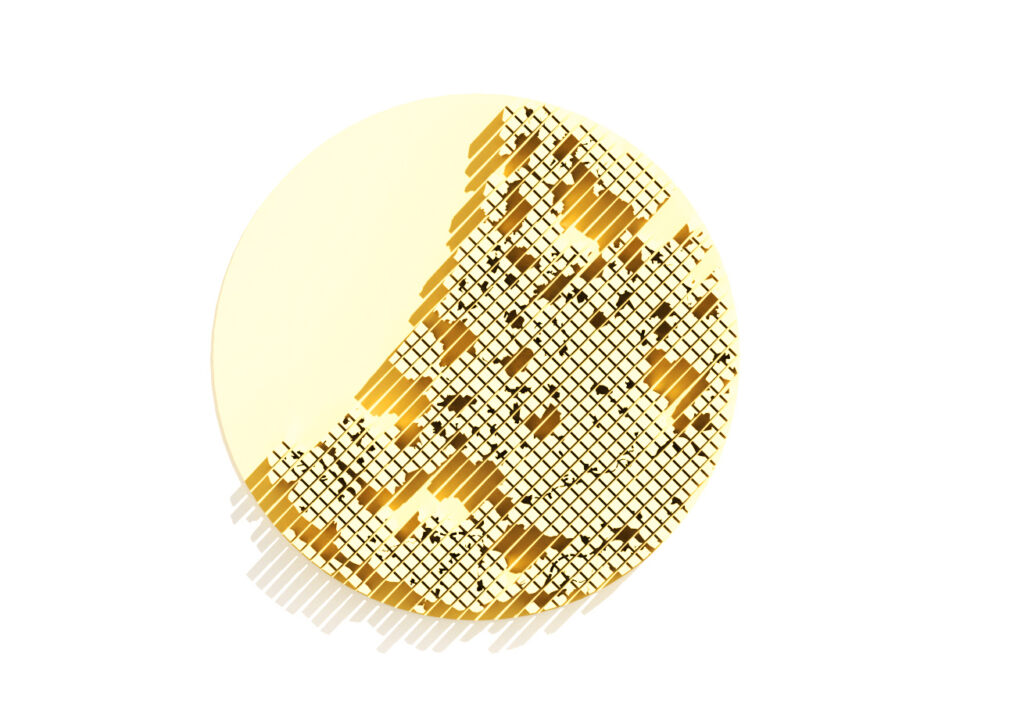
The proposal was mainly represented by a circular physical model (non-touchable) with a diameter of 200cm and a maximum height of 50cm, exhibited in the Dongdaemun Design Plaza building in Seoul, Korea. Instead of a rectangular model that would represent exactly the 100x100km frame of the Randstad, our team decided to project an inscribed circle to the frame to create a 1:50.000 model, in order to correspond better to the exhibition’s concept. The form draws again inspiration from Superstudio and intends to showcase Randstad’s unbuilt land as a solid piece, an extruded object. A grid of 5x5cm “cuts through” this solid piece and creates an assembly of different pieces. The result is a 1:50.000 model of Randstad’s unbuilt land, divided by a 5x5cm grid (of approx. 6mm line thickness) and with exaggerated height. Additional material include a written article for the Biennale’s publication and a 1-min video of the proposal.
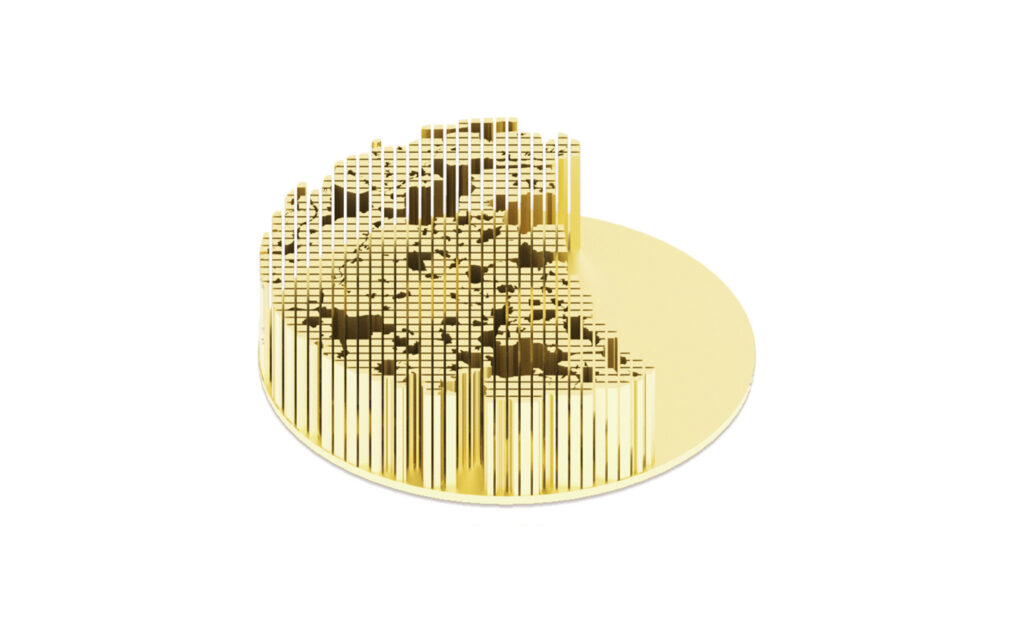
Echoing the work of Superstudio, our team uses the grid as a tool to neutralize space and explore the intersection between global abstraction and local specificity. The idea is that the unbuilt land acts as a uniting field within the metropolis. The extruded form of the unbuilt land will encourage the audience to imagine a scale beyond the local and the national and to perceive this land as a collective resource for the city’s sustainable future.
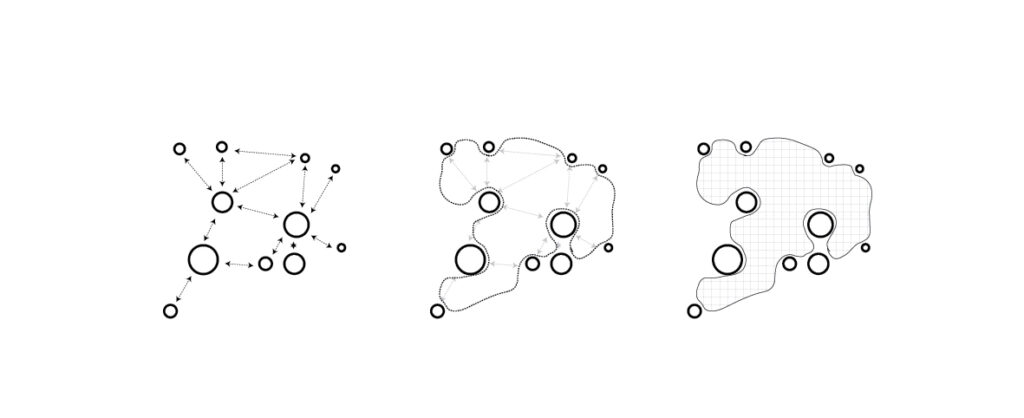
As pressure towards the agriculture sector is projected to escalate and cities desperately seek space to expand, reflecting on a future for the unbuilt space of the Randstad is deemed extremely relevant, not only for the Netherlands but for cities all over the world. Covid-19 implications aside, issues of extreme urbanization, resilience and production are likely to drive the urban development of most metropolitan areas in the next decades.
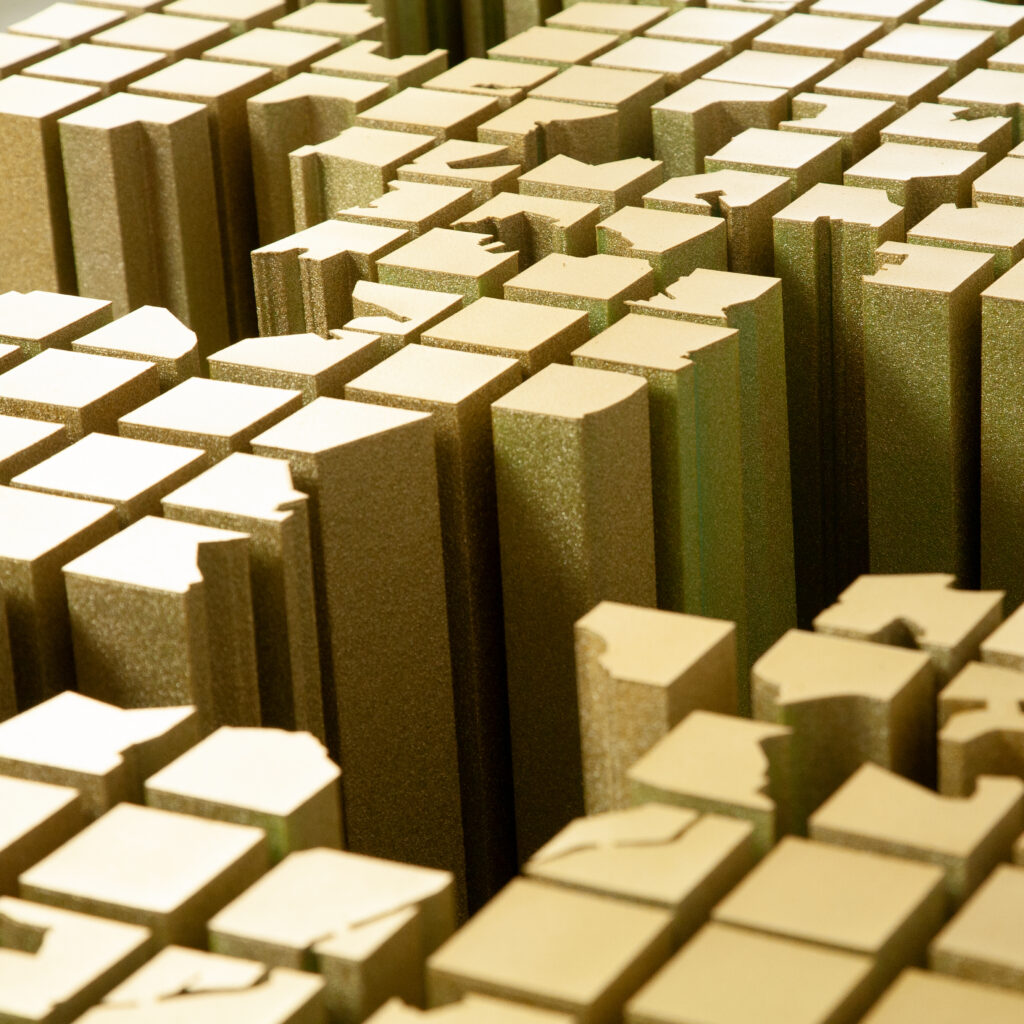

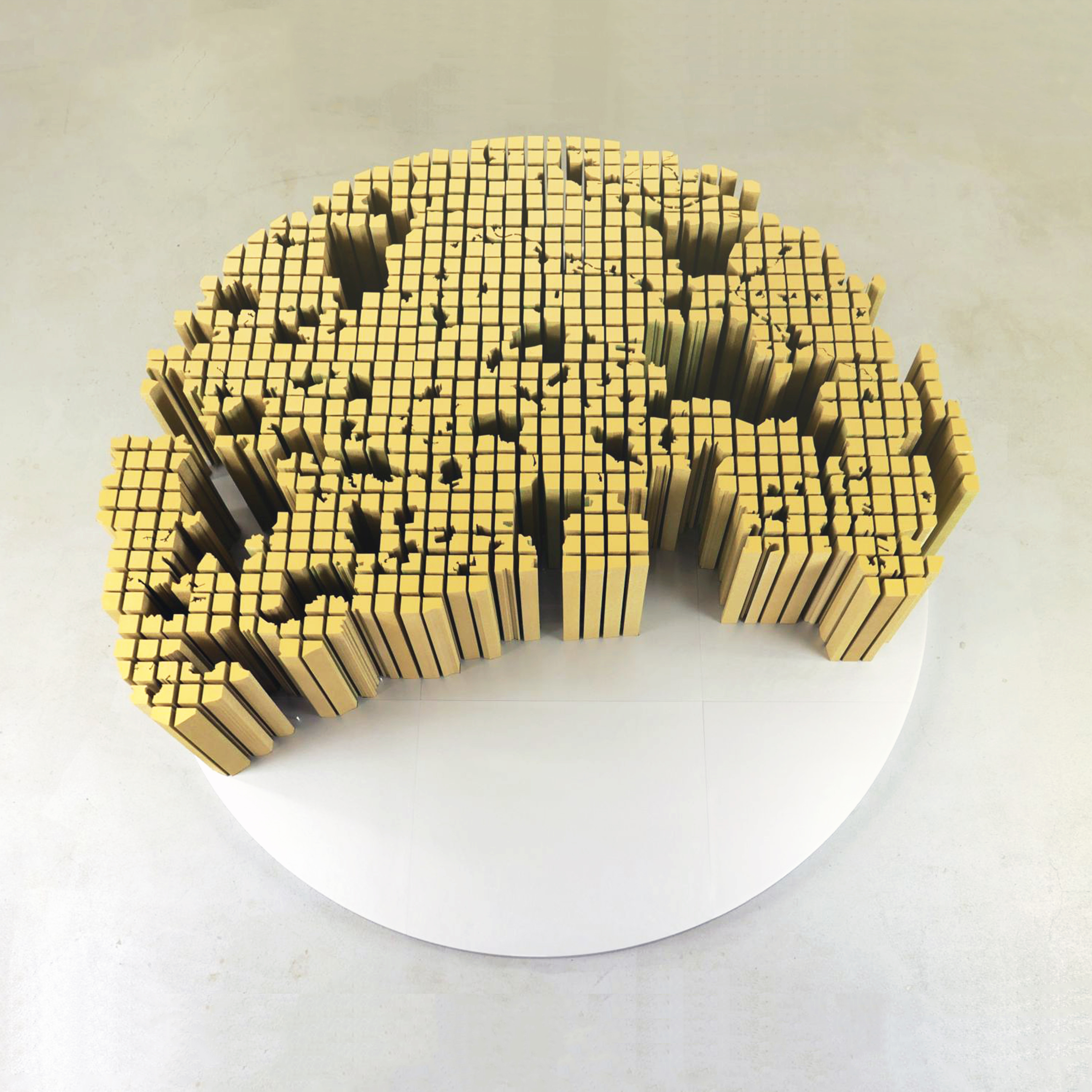
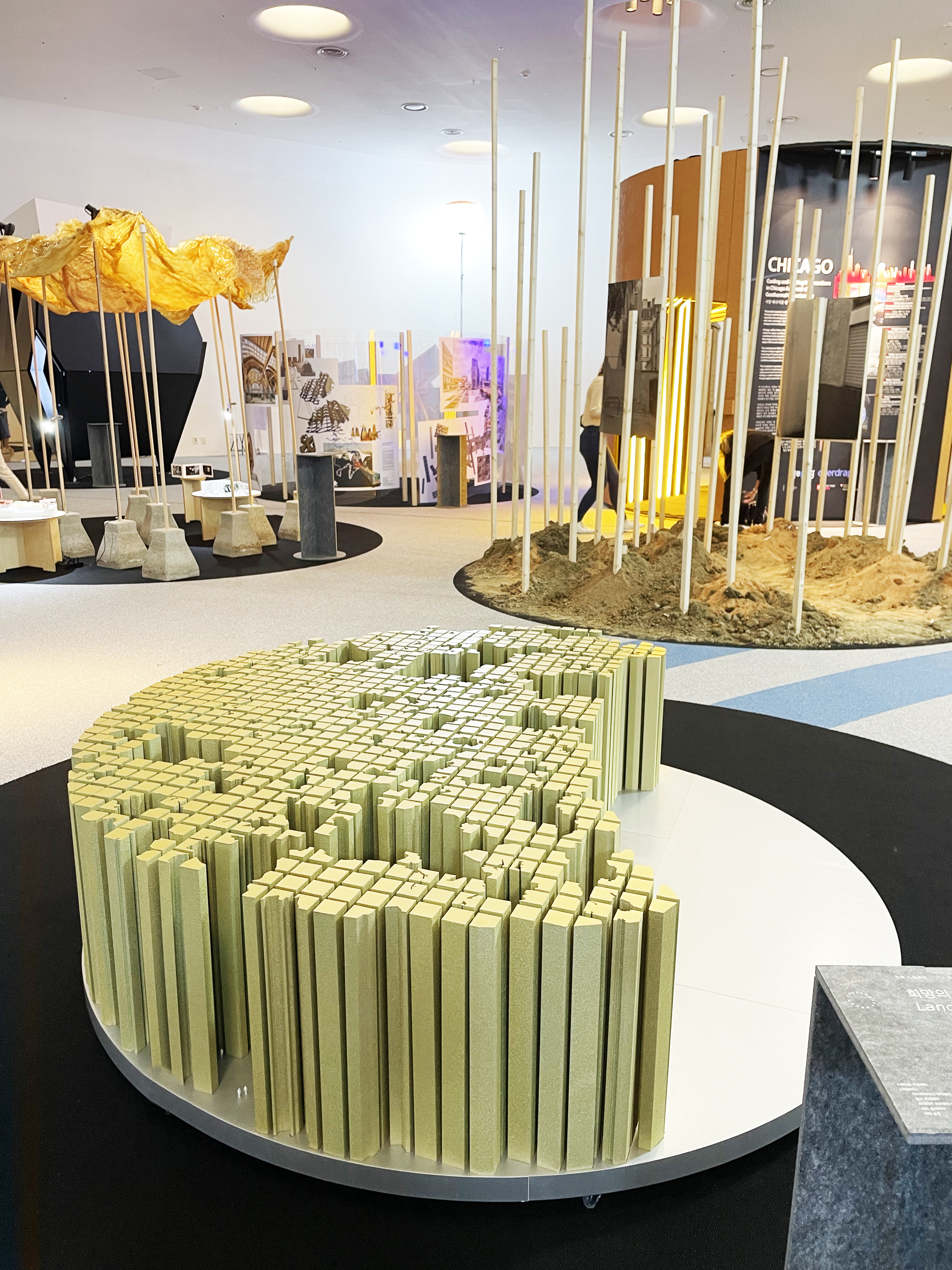

For press questions and high-resolution images, please contact Agnesz van Elten: office@studiohartzema.com or on 010-2810751.

